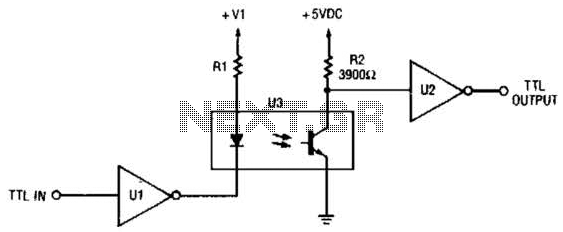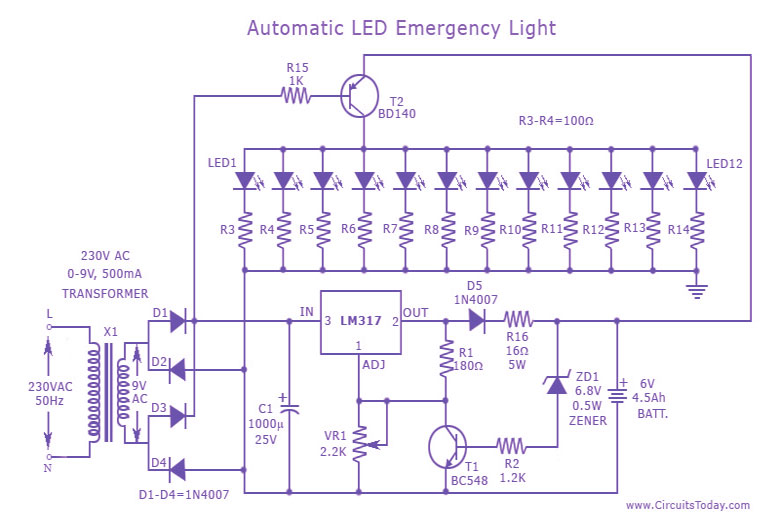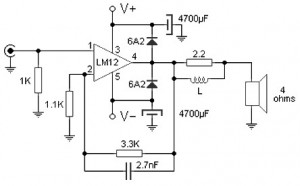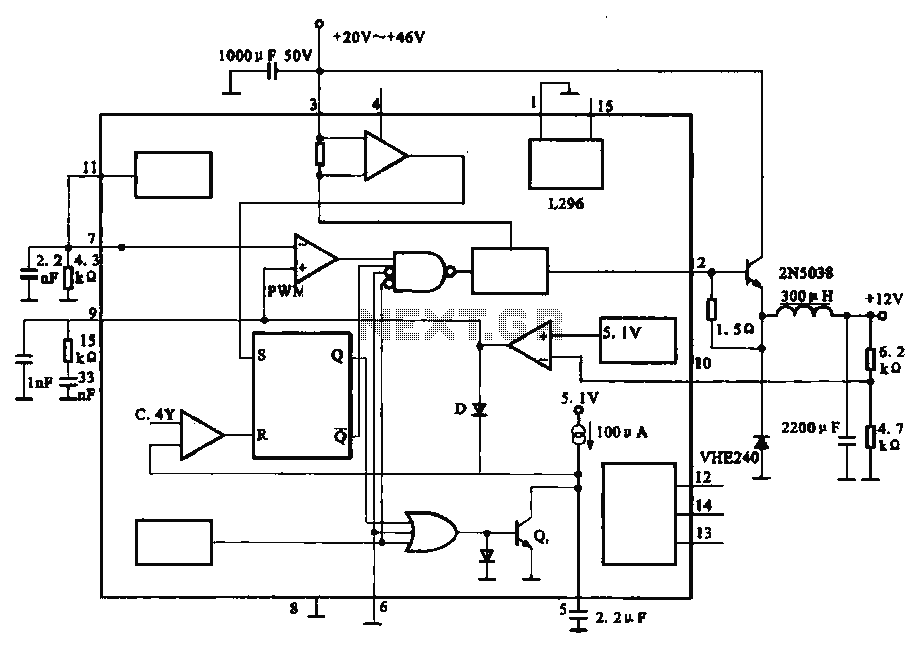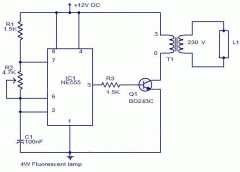
Measuring SN audio bandpass filter circuit
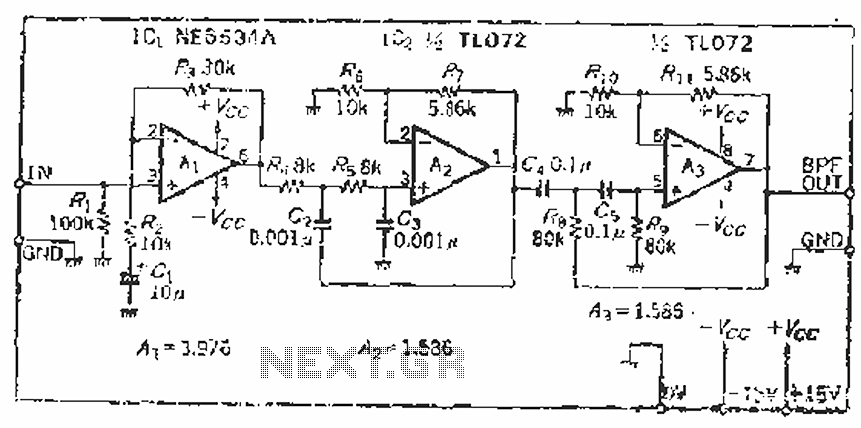
The filter incorporates a zoom function, with a front satin amplifier magnification calculated as d = 10/2.515 = 3.97, which results in a total beam compared to a 10 times magnification. The low-pass filter parameters are specified as a cutoff frequency of 20 kHz, with a quality factor Q = 0.707 and a capacitance of 0.001 µF. This leads to a calculated resistance of Rs = 7.96 kΩ and an inductance of L = 10 kΩ (A-1) = 5.86 kΩ. The high-pass filter parameters are set with a cutoff frequency of 20 Hz, Q = 0.707, and a capacitance of 0.1 µF, resulting in Rs = Rt = 79.8 kΩ.
The described circuit features a combination of low-pass and high-pass filters, which are critical in audio and signal processing applications. The low-pass filter is designed to allow signals below a certain frequency (20 kHz) to pass while attenuating higher frequencies. The quality factor (Q) of 0.707 indicates a standard Butterworth filter configuration, which provides a maximally flat frequency response in the passband. The capacitance value of 0.001 µF (1 nF) is essential for determining the filter's cutoff frequency in conjunction with the resistance values calculated.
The resistance value Rs = 7.96 kΩ plays a significant role in establishing the filter's impedance and affects the overall gain of the circuit. The inductance value of L = 10 kΩ (A-1) = 5.86 kΩ suggests that there may be an additional element or configuration influencing the filter's behavior, possibly indicating a series or parallel arrangement with other components.
On the other hand, the high-pass filter is designed to allow signals above 20 Hz to pass while attenuating lower frequencies. The Q factor remains at 0.707, ensuring a smooth transition at the cutoff frequency. The capacitance of 0.1 µF is larger than that of the low-pass filter, which results in a different response characteristic. The resulting resistance values of Rs = Rt = 79.8 kΩ indicate a high impedance path, which can be beneficial in applications requiring minimal loading on the source signal.
Overall, the combination of these filters allows for precise control over the frequency response of the system, making it suitable for various applications in audio processing, communications, and signal conditioning. The design considerations of both filters ensure that the circuit can effectively manage the desired frequency components while suppressing unwanted noise and interference.Since the filter has a zoom function, front satin amplifier magnification such as d = 10/2. 515 = 3,97, the beam of the total, compared with 10 times magnification. Low-pass filter parameters, according to] r five = 20k Hz, Q = 0.707, mouth if taken 0. ooiuF, you can find Gong = Rs = 7.96kQ, Lu T = iokfl (A-1) = 5.86kQ. High-pass filter parameters, ugly - 20Hz, Q = 0. 707, if cd = c5 = 0.1 liF, you can find Rs = Rt = 79, fikQO
The described circuit features a combination of low-pass and high-pass filters, which are critical in audio and signal processing applications. The low-pass filter is designed to allow signals below a certain frequency (20 kHz) to pass while attenuating higher frequencies. The quality factor (Q) of 0.707 indicates a standard Butterworth filter configuration, which provides a maximally flat frequency response in the passband. The capacitance value of 0.001 µF (1 nF) is essential for determining the filter's cutoff frequency in conjunction with the resistance values calculated.
The resistance value Rs = 7.96 kΩ plays a significant role in establishing the filter's impedance and affects the overall gain of the circuit. The inductance value of L = 10 kΩ (A-1) = 5.86 kΩ suggests that there may be an additional element or configuration influencing the filter's behavior, possibly indicating a series or parallel arrangement with other components.
On the other hand, the high-pass filter is designed to allow signals above 20 Hz to pass while attenuating lower frequencies. The Q factor remains at 0.707, ensuring a smooth transition at the cutoff frequency. The capacitance of 0.1 µF is larger than that of the low-pass filter, which results in a different response characteristic. The resulting resistance values of Rs = Rt = 79.8 kΩ indicate a high impedance path, which can be beneficial in applications requiring minimal loading on the source signal.
Overall, the combination of these filters allows for precise control over the frequency response of the system, making it suitable for various applications in audio processing, communications, and signal conditioning. The design considerations of both filters ensure that the circuit can effectively manage the desired frequency components while suppressing unwanted noise and interference.Since the filter has a zoom function, front satin amplifier magnification such as d = 10/2. 515 = 3,97, the beam of the total, compared with 10 times magnification. Low-pass filter parameters, according to] r five = 20k Hz, Q = 0.707, mouth if taken 0. ooiuF, you can find Gong = Rs = 7.96kQ, Lu T = iokfl (A-1) = 5.86kQ. High-pass filter parameters, ugly - 20Hz, Q = 0. 707, if cd = c5 = 0.1 liF, you can find Rs = Rt = 79, fikQO
Warning: include(partials/cookie-banner.php): Failed to open stream: Permission denied in /var/www/html/nextgr/view-circuit.php on line 713
Warning: include(): Failed opening 'partials/cookie-banner.php' for inclusion (include_path='.:/usr/share/php') in /var/www/html/nextgr/view-circuit.php on line 713
